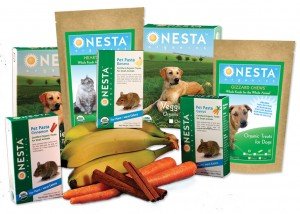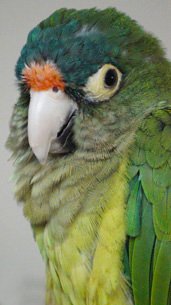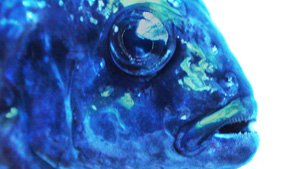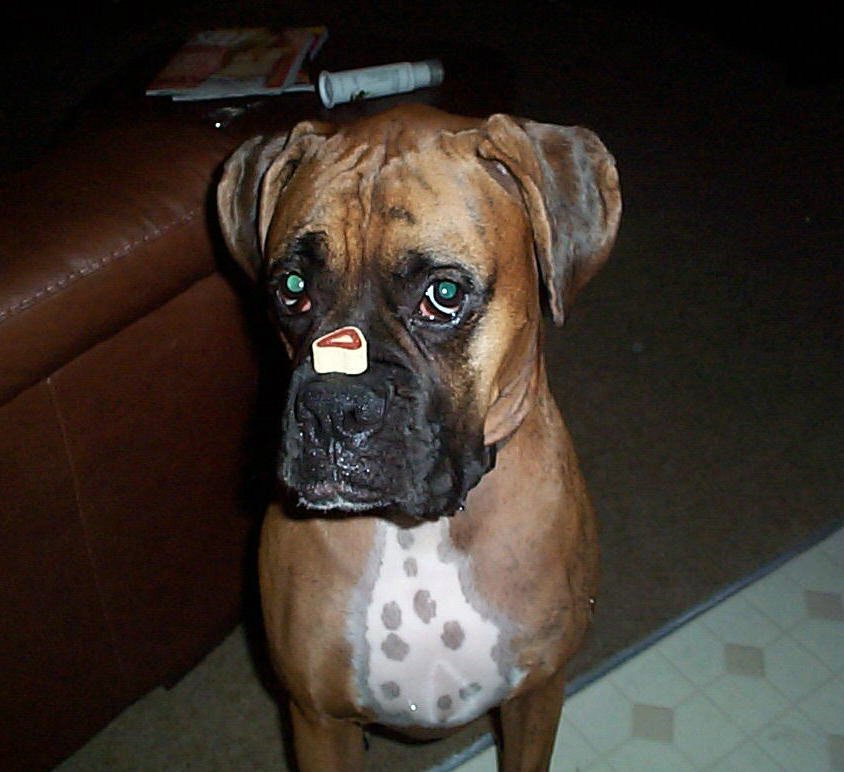31st Aug 2010
My Pet’s Food is Created by an Animal Nutritionist!
When you read that somebody who owns a pet food company is an animal nutritionist, you might breathe a sigh of relief. You think, “finally-someone who makes pet food who actually knows about animal nutrition and applies their knowledge for the good of animals!”
Unfortunately, not all ‘animal nutritionists’ are what they say they are! What do I mean by this? Well, as in any other profession, some people in the pet food manufacturing business puff up their resume; in this case, not to land a plum position, but rather, to increase consumer confidence in their products, which of course helps them make sales and reap larger profits. But, remember: just because something is repeated over and over again, it doesn’t necessarily make it true.
Legitimate animal nutritionists went to school for this and invariably have a degree to show for it (e.g., B.S., M.S., D.V.M., Ph.D.). An animal nutritionist who’s on the level will proudly advertise their degree as proof of their education. Certainly, formal education can only do so much; common sense, continuing education, and hands-on experience are essential in any profession. Nevertheless, formal education is critical. In the case of an educational program in animal nutrition, it gives you a sound scientific background, something which can’t be easily picked up ‘in the field.’
So, the next time somebody presents himself or herself as an animal nutritionist, find out if there’s any credible evidence, such as a formal degree, to substantiate such a claim. If you can’t find any evidence, you are right to be suspicious of this claim, which is most likely little more than a ‘self-proclaimed’ title, rather than one that’s based on formal education.
Another easy way to find out if a pet food manufacturer has a sound knowledge of animal nutrition is to simply check out the ingredient lists on the labels of their products. If, for example, you see that there are substantial amounts of grain in a given cat food (e.g., grains are listed in the first few ingredients), or if honey* is included among a pet food’s ingredients, be aware: the manufacturer of these diets probably doesn’t have a good grasp of the fundamentals of animal nutrition.
Sorry to say that, yet again, it’s up to the consumer to do their ‘homework’ in sorting out the facts from the fiction. But, when it comes to your animal’s health, it’s definitely worth the effort!
* For space reasons, I didn’t even mention here that nobody who is on top of animal nutrition and is really trying to keep pets healthy, would ever sell pet foods that aren’t certified organic. Non-organic ingredients are simply unhealthy considering what goes into their production (e.g., toxin load such as through pesticides and sewage sludge, heavy metals, antibiotics, GMOs) and how they are processed during pet food manufacture (e.g., toxic pesticides, cleaning agents).
When you read that somebody who owns a pet food company is an animal nutritionist, you might breathe a sigh of relief. You think, “finally-someone who makes pet food who actually knows about animal nutrition and applies their knowledge for the good of animals!”
Unfortunately, not all ‘animal nutritionists’ are what they say they are! What do I mean by this? Well, as in any other profession, some people in the pet food manufacturing business puff up their resume; in this case, not to land a plum position, but rather, to increase consumer confidence in their products, which of course helps them make sales and reap larger profits. But, remember: just because something is repeated over and over again, it doesn’t necessarily make it true.
Legitimate animal nutritionists went to school for this and invariably have a degree to show for it (e.g., B.S., M.S., D.V.M., Ph.D.). An animal nutritionist who’s on the level will proudly advertise their degree as proof of their education. Certainly, formal education can only do so much; common sense, continuing education, and hands-on experience are essential in any profession. Nevertheless, formal education is critical. In the case of an educational program in animal nutrition, it gives you a sound scientific background, something which can’t be easily picked up ‘in the field.’
So, the next time somebody presents himself or herself as an animal nutritionist, find out if there’s any credible evidence, such as a formal degree, to substantiate such a claim. If you can’t find any evidence, you are right to be suspicious of this claim, which is most likely little more than a ‘self-proclaimed’ title, rather than one that’s based on formal education.
Another easy way to find out if a pet food manufacturer has a sound knowledge of animal nutrition is to simply check out the ingredient lists on the labels of their products. If, for example, you see that there are substantial amounts of grain in a given cat food (e.g., grains are listed in the first few ingredients), or if honey* is included among a pet food’s ingredients, be aware: the manufacturer of these diets probably doesn’t have a good grasp of the fundamentals of animal nutrition.
Sorry to say that, yet again, it’s up to the consumer to do their ‘homework’ in sorting out the facts from the fiction. But, when it comes to your animal’s health, it’s definitely worth the effort!
* For space reasons, I didn’t even mention here that nobody who is on top of animal nutrition and is really trying to keep pets healthy, would ever sell pet foods that aren’t certified organic. Non-organic ingredients are simply unhealthy considering what goes into their production (e.g., toxin load such as through pesticides and sewage sludge, heavy metals, antibiotics, GMOs) and how they are processed during pet food manufacture (e.g., toxic pesticides, cleaning agents).
 Posted by Heidi Junger, PhD under
Posted by Heidi Junger, PhD under  Commercial Pet Foods
Commercial Pet Foods  No Comments »
No Comments »


 Lawns
Lawns Pesticide in water and fish
Pesticide in water and fish If you buy pet food in bulk, how long do you expect it to stay fresh? And what does fresh mean?
If you buy pet food in bulk, how long do you expect it to stay fresh? And what does fresh mean?